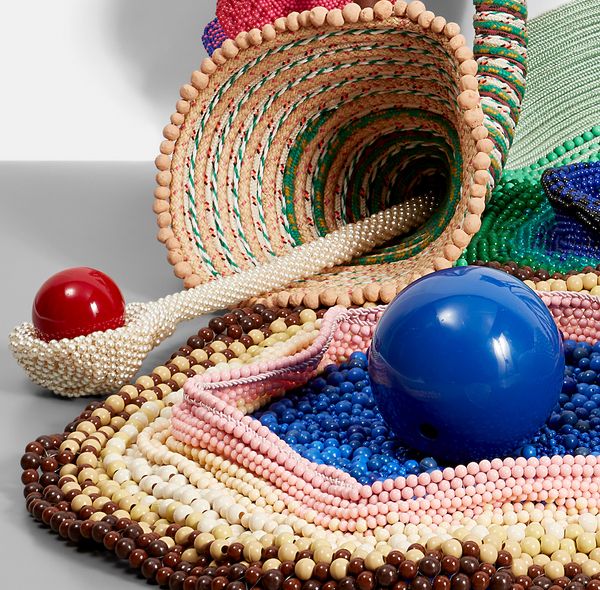Maria Nepomuceno, Sem título (detail), 2015. New Now New York.
Serge Tiroche co-founded the Tiroche DeLeon Collection in 2011, and with a unique combination of intuition and extensive knowledge, he amassed one of the strongest collections of works by contemporary Latin American artists. Representing an expansive and diverse selection of the most influential contemporary artists actively working in Latin America, the selection of works currently on offer from the collection highlights both well-established and emerging artists. If there is one point around which these artists may be brought together, it is that each of them approaches their work as a field of exploration, suggesting that art offers a unique way of discovering our relationship to the world, a theme that resonates today perhaps more than ever.

Gabriel Kuri
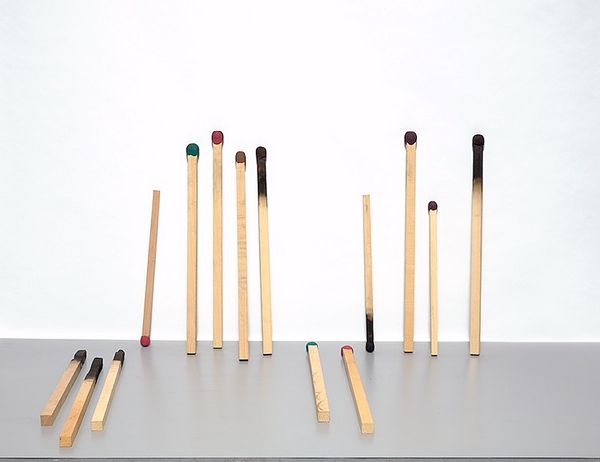
Gabriel Kuri, Waiting Spent (07), 2013. New Now New York.
Inspired by and often comprising found materials, Gabriel Kuri’s works explore their very composition on physical and political levels. As each medium has its life, function, and physicality, it also holds the imprint of human influence and industry. The artist has explained, “Part of my work has to do with organizing material that can feel very heterogeneous, that came from different worlds and different sources.” Since leaving Mexico for Brussels, his approach has become more sculptural, exploring relationships between objects (even art) and commodification on global and industrial scales. Focusing on the objects and space underlying human relationships, Kuri plays with the principles of minimalism and the history of consumption to imbue familiar situations and everyday life with new meaning.
Maria Nepomuceno
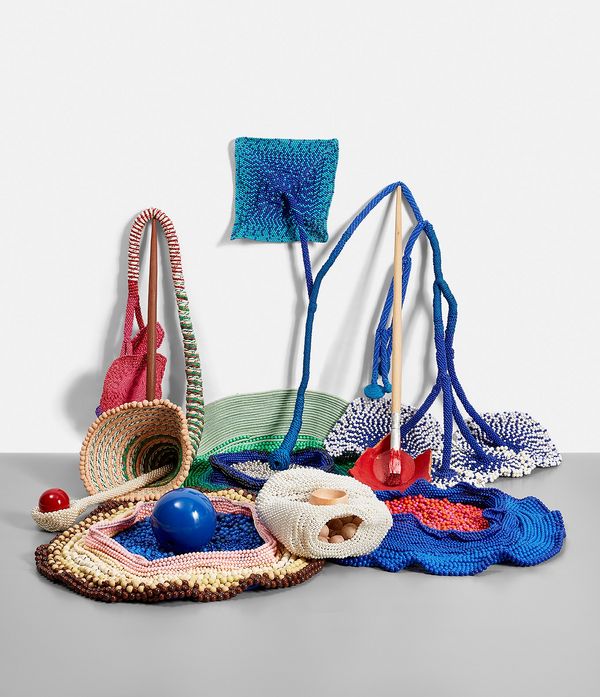
Maria Nepomuceno, Sem título, 2015. New Now New York.
Known for her knitted sculptural works, Brazilian artist Maria Nepomuceno explores the labor-intensive process underlying traditional rope and straw weaving techniques–often working with indigenous communities such as the Huni Kuin people. Using an additive process, Nepomuceno develops installations that often merge with their environments, playfully interacting with the exhibition space. Her tactile and bright forms resemble or incorporate vessels, beads, tubes, hammocks, bulbs—and spirals, the latter of which she says, “always [make] the same movement but always into a new path.”
Artur Lescher
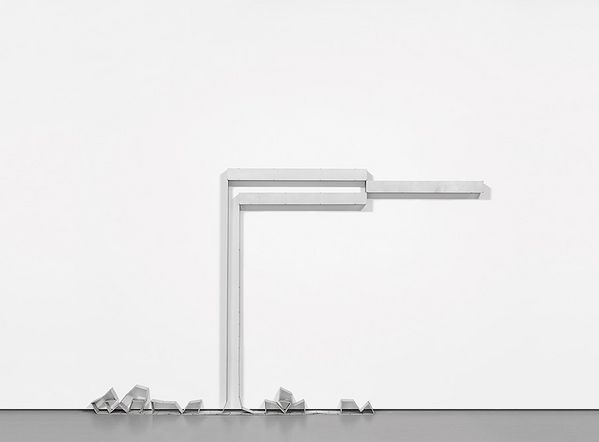
Artur Lescher, Untitled, 2011. New Now New York.
In 1987, Artur Lescher came to prominence through his installation, Aerólitos, at the 19th Bienal de São Paulo. His oeuvre blends object with installation, poetically oscillating between influences such as Constructivism, Suprematism, Brazilian Neo-Concretism, Performance Art, and Minimalism. He prods at boundaries, flashing geometry against functionalism, mutability against solidity of form. His practice, as much as it focuses on double-images, is about deconstruction, creating forms that break down the barriers around them.
Iran do Espírito Santo
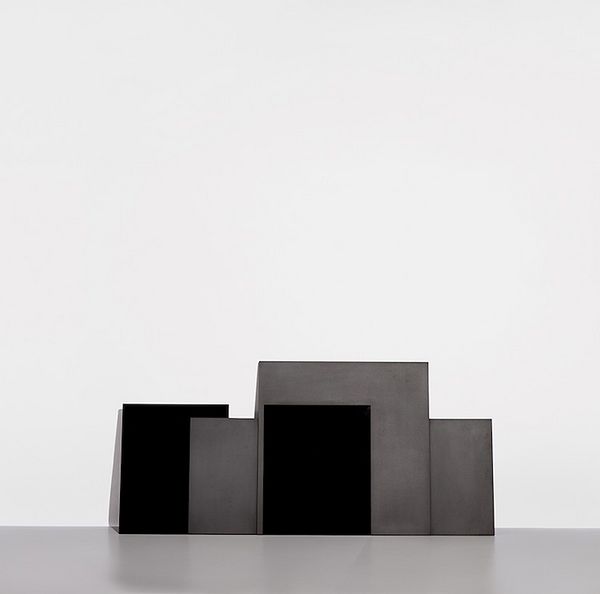
Iran do Espírito Santo, Black Restless 01, 2009. New Now New York.
This impressive work by Iran do Espírito Santo comes from a series that the artist began in 1997. Beginning with rectangular sheets, do Espírito Santo sandblasted areas and varied textures so as to imply a multitude of surfaces and scales. Do Espírito Santo’s practice has always involved observing—and challenging—limitations, transforming the everyday into sculptural, planed works that examine light and tonality. The result is sometimes unsettling, of course, as the artist questions the very nature of visibility and sensation.

Recommended Reading
The Art Lover's Guide to Rio de Janeiro >
The Tiroche DeLeon Collection >
